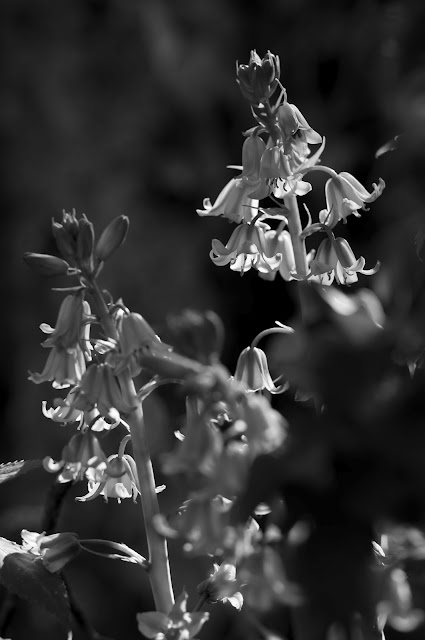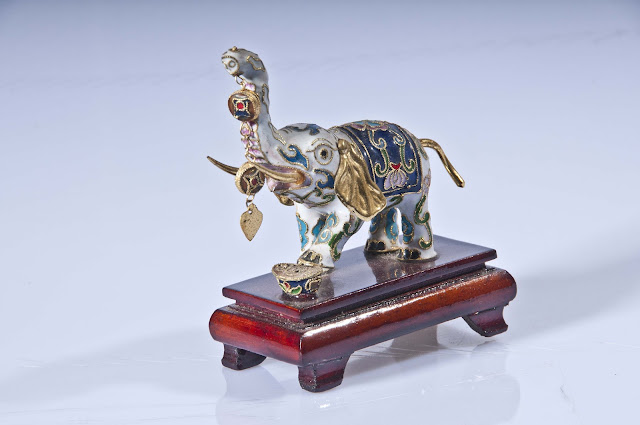 |
| Old Government House, Auckland, New Zealand |
I've been meaning to do this for some time now, and for some reason it's just never happened. Well, that all changed this morning and I managed to get into Auckland City just to relax and take some photos. I've been quite busy over the past couple of weeks and must admit to feeling more than a little frustrated with the photographs I've been taking of late. I don't know if it's tiredness, lack of inspiration or just being bogged down with other things, but many of my photographic efforts have been pretty "ho-hum" and I felt I needed something to give myself a bit of a kick. I can't say I was impressed with today's efforts, but I could sense a change in mood and attitude and could feel myself starting to look at things a little differently. Perhaps another trip later this week will help a little more?
I took just two lenses. Nikkor 12-24mm f4 and the Samyang 8mm f3.5 fisheye. I also took a tripod - always a good idea :-) The car was parked in Parnell and then I walked up to the University. There's some lovely old buildings near the University, so I thought that may be a good place to start. I've been meaning to take photographs of Auckland's old buildings for some time now, and hopefully this year may see the start of that project. I'll keep you posted! After a delicious coffee on campus I took refuge from the rain in the library, then headed towards the Old Government House. I've seen this place before, but never really paid much attention to it. More fool me! This building is quite a treasure. Taking your time provides opportunities to chat to people and observe your surroundings. According to the gardeners the Queen stayed here with her family and a young Prince Charles played on the lawn you can see in the first image in this post. It was a no go area for the locals, but that has all changed now and you can go into the building, soak up the atmosphere and get a coffee and muffin should you feel so inclined. I must admit it brought back memories of Manchester's town hall!
 |
| Auckland's Old Government House |
The grounds are quite lovely and well worth taking time out and enjoying a wander through. If you pop over in the next month or two the roses will be in full flower and I can only image what that will look like. Maybe I'll see you there!!
One of the issues with which I've been frustrated is getting a wide angle shot without distortion. Part of today's exercise was to use wide angle lenses and then see if, by choice of angle when taking the shot or in post processing I could perhaps remove the distortion in the image. Besides getting curved verticals, I was also keen to see if I could correct the effect you often see when a building looks like it's falling backwards. I really wanted verticals to be vertical and parallel, but how much would Capture NX2 or Photoshop let me "correct"? Also, how great an effect did my selected viewpoint have on the image.
Liveview was great for these experiments as I could raise and lower my tripod and change angles of view. Sometimes there's just nowhere to go and the building looks like it's falling over, but Photoshop does provide a pretty good range of "correction" options. Shots three and four may give you an idea of my feeble attempts at straightening the shot. My Camera was on a tripod and I tried to line up my verticals with the left edge of the clock tower. The effect of this was that other verticals have become less than vertical! Check out the leaning lamp post for example. After a quick tweak in Photoshop my verticals look a little better.
 |
| University Clock Tower ... original |
 |
| University Clock Tower ... straightened |
I also made a few changes to the first two images (also taken with the Nikkor 12-24mm) in this post in an attempt to make the verticals vertical. The next question was how much correction could I achieve with the 8mm Samyang? I must admit to not holding out much hope, but perhaps let me know what you think? Shot 5 was taken with the Samyang and isn't too bad from a distortion point of view. Things look a little odd on the building to the left of the image and I suspect this would be corrected if the camera was raised a little more. Using the Samyang I find I get easier to correct distortion if I have the horizon smack in the middle of the image ... that is not looking up or looking down onto the subject. In the fifth shot I'm looking up slightly, hence the greater degree of distortion.
 |
| Auckland's Old Government House, 8mm Samyang Fisheye. |
I'll leave you with another shot taken with the Nikkor 12-24mm looking towards the clock tower.
 |
| Auckland University Clock Tower. |



















